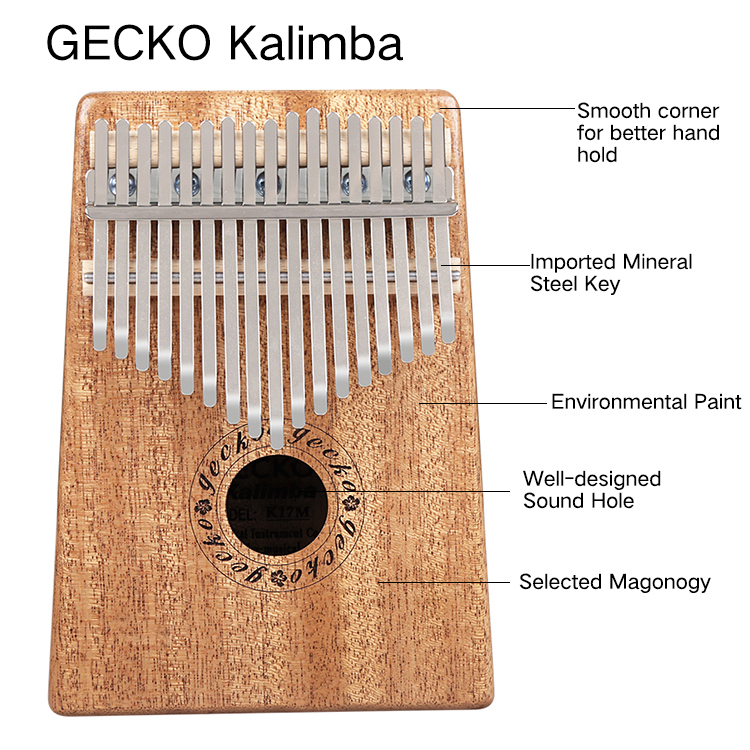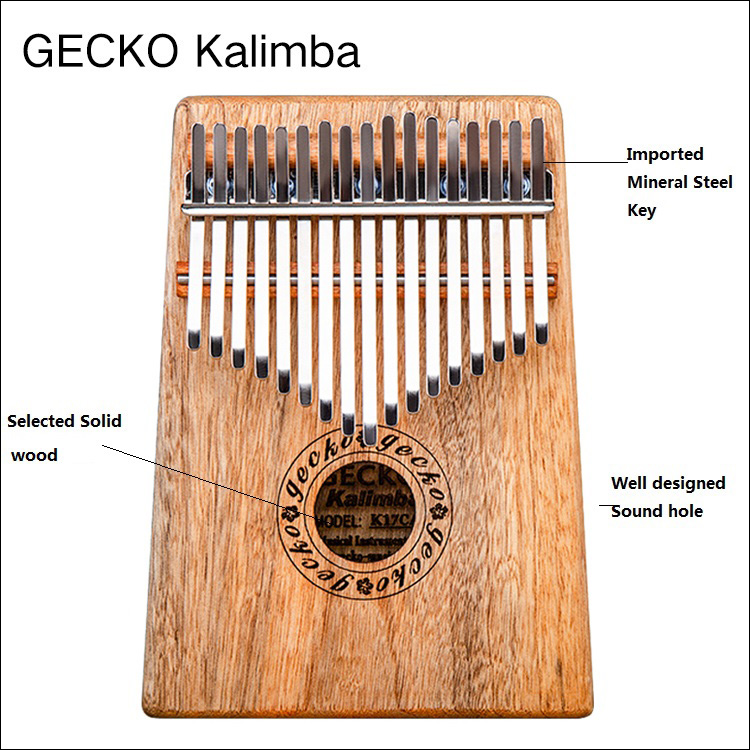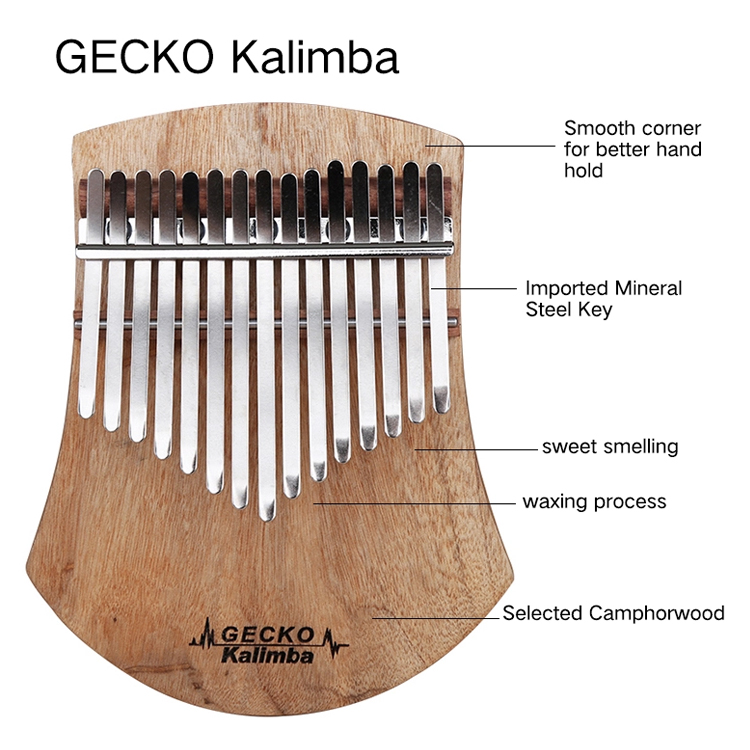Friends who want to learn wood kalimba quickly and prefer text understanding can read this article. If you find it difficult to understand, follow a small step and gradually master it from each song.
Basic elements
1. height of the notes
Any piece of music is made up of high and low notes. Looking straight from the thumbnail, the shorter the keys, the higher the notes. In terms of the simple spectrum of numbers, there is a "." directly above or below the number. The symbol, above it, indicates the high note, and below it indicates the bass.
2. length of a note
In addition to the level of the tone, another important factor is the length of the tone. The height and length of the note determine that this piece of music is different from other songs. The principle is the time value of the sound.
Basic knowledge
Written: 1 2 3 4 5 6 7.
Pronunciation: do re mi fa sol la si.
To mark a higher or lower tone, add a dot above or below the number. In the simple score, those without dots are called alto, one dot above is called treble, and two dots are called double treble. Add a dot under the number called bass. The 17-note C thumbnail has no bass. If you encounter a bass in the simple score of a song, you can raise the whole piece by an octave.
In the simple spectrum, the length of the sound is represented by adding a short horizontal line, a point, a continuous line and a connecting symbol on the basis of the basic notes.
There are two uses of dashes: the dash written to the right of the basic note is called a time-increasing line. The more the increment time line, the longer the time value of the tone.
The basic note without an increment line is called a quarter note, and each additional time line means an extension of the time of a quarter note.
The short line written under the basic note is called the time-reducing line. The more time-reducing lines, the shorter the tone. Each additional time line is shortened to half the length of the original note.
The small dot written on the right side of the note is called the attachment point, which means that it is worth half of the point when the previous note is extended.
The symbol that temporarily changes the level of tone is called temporary tone change sign, which mainly includes ascending sign, descending sign and so on. The rising sign is written on the upper left of the note, indicating that the note is raised to a semitone, such as # 1 means that a high semitone will be raised, and special tuning is needed on the thumbnail. The descending sign is written on the upper left of the note, indicating that the note should be lowered to a semitone, such as b3, which means lowering the semitone of 3, and it also needs to be tuned on the thumbnail.
The notes are divided into whole note, half note, quarter note, eight note, sixteenth note and so on. The most important of these notes is the quarter note, which is a basic reference length, that is, the quarter note is a beat. There is no limit to the length of a beat, which can be 1 second, 2 seconds or half a second. If the first beat is one second long, then the second beat is two seconds; if the first beat is half a second, two beats are one second long. Once this basic beat is settled, it is relatively easy to use longer or shorter symbols than a beat.
The method is: the hand down is half a clap, the palm is picked up with half a beat, and one up is a beat.
In the simple spectrum of the thumbnail, the arc marked on the top of the note is called the extension line.
Extension line: if it is the same sound, only play the first note and keep the time value of the second note.
The above is an introduction to the brief spectrum basis of the entry-level thumbnail. If you want to know more about Kalimba, please feel free to contact us.
Video for gecko kalimba:
Learn more about GECKO products
Post time: Mar-18-2022



